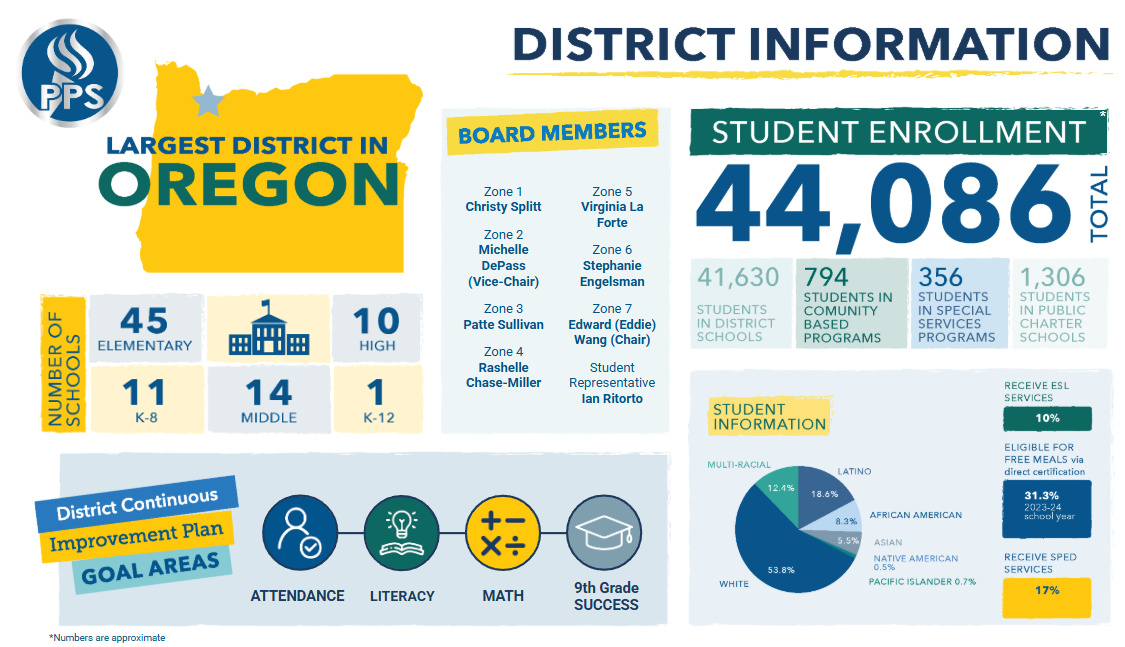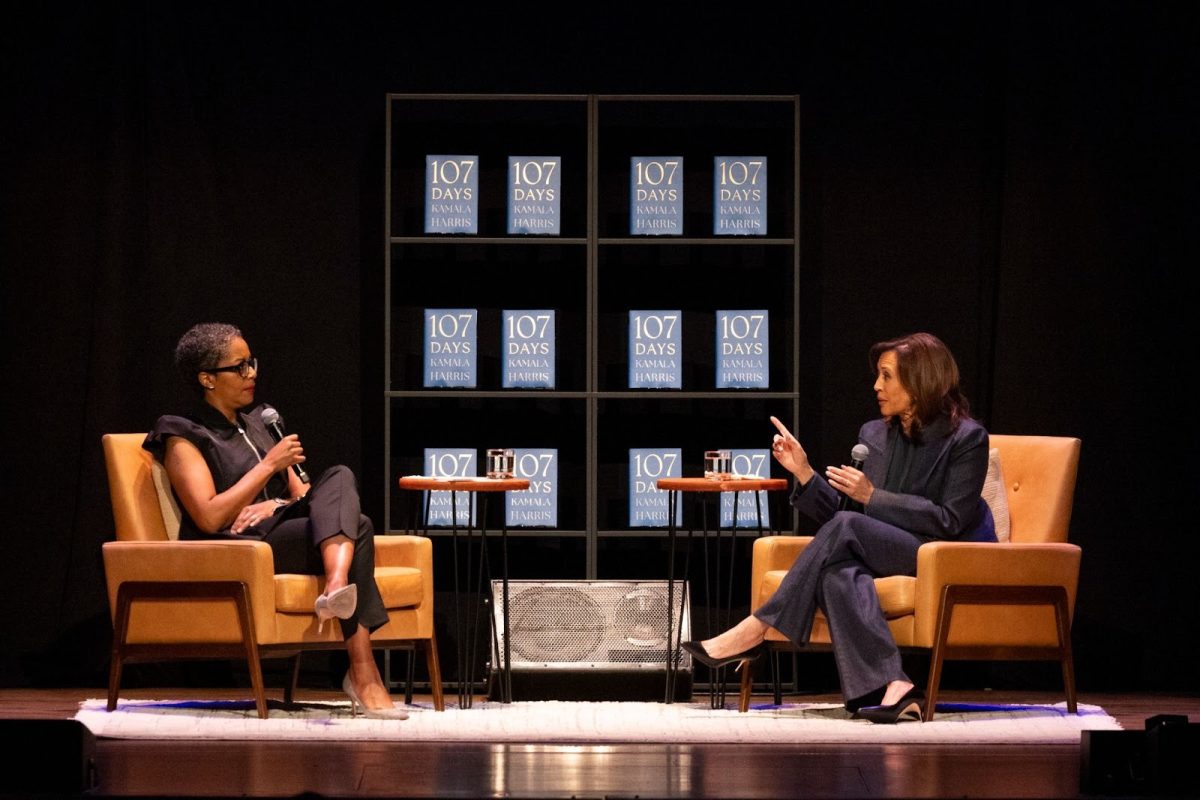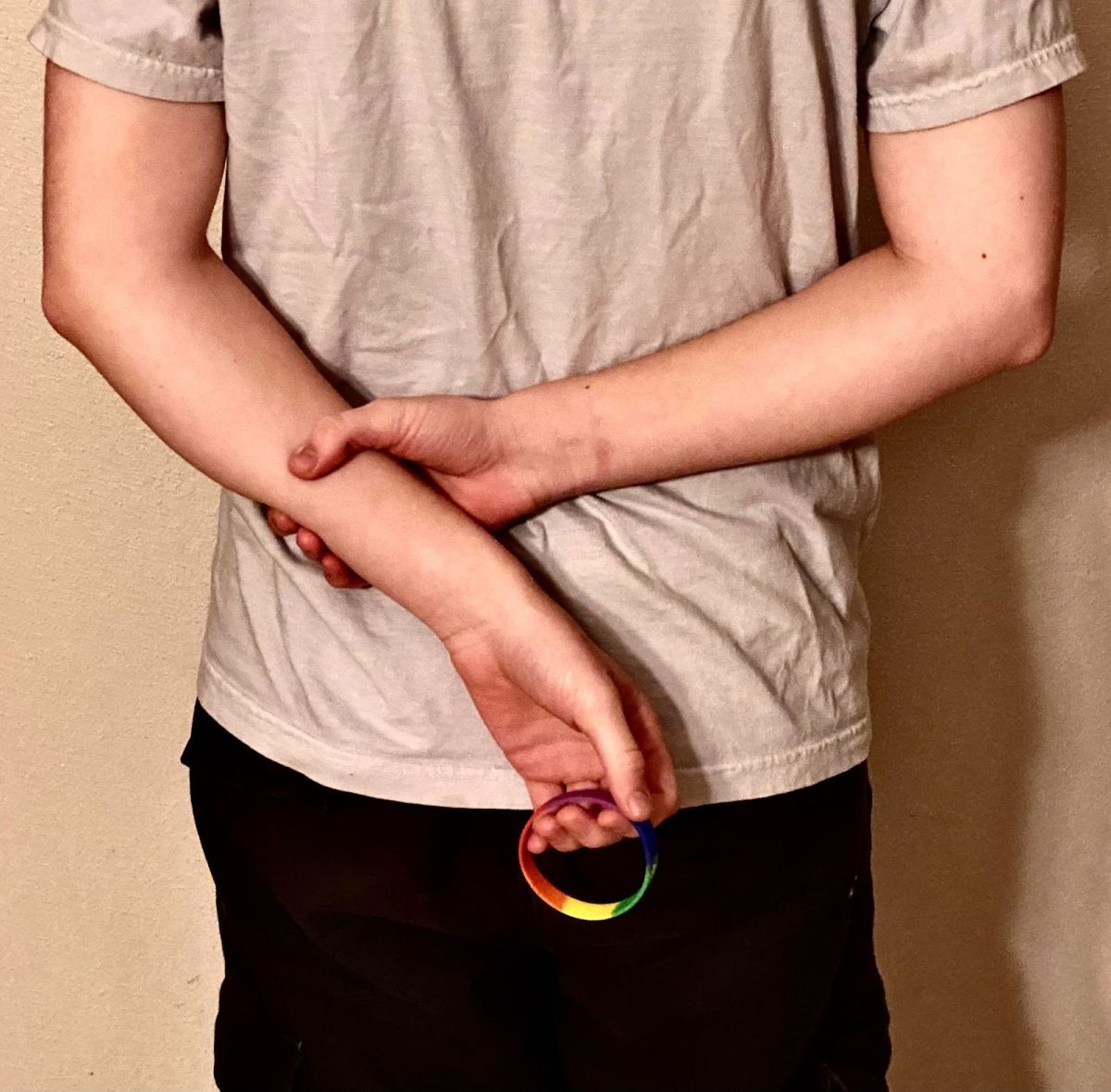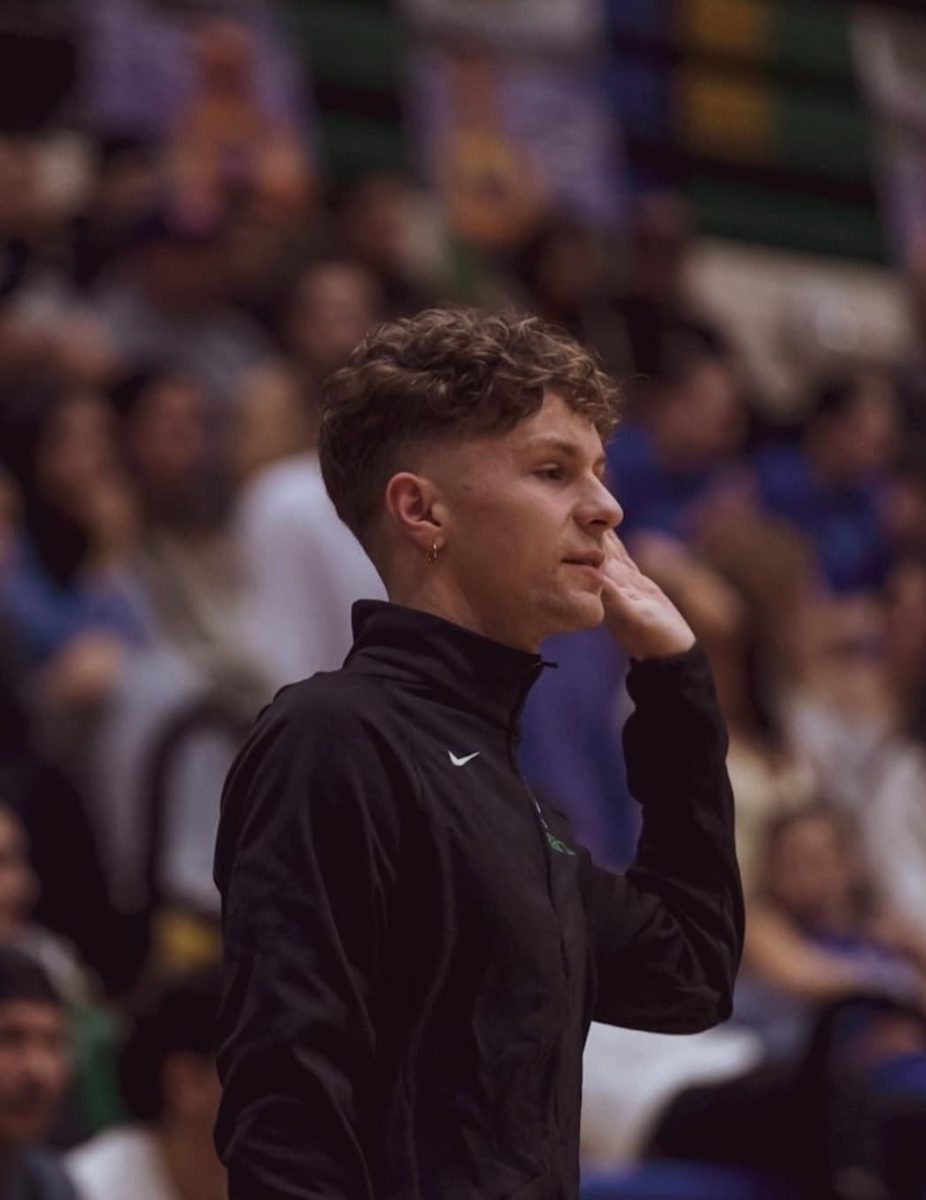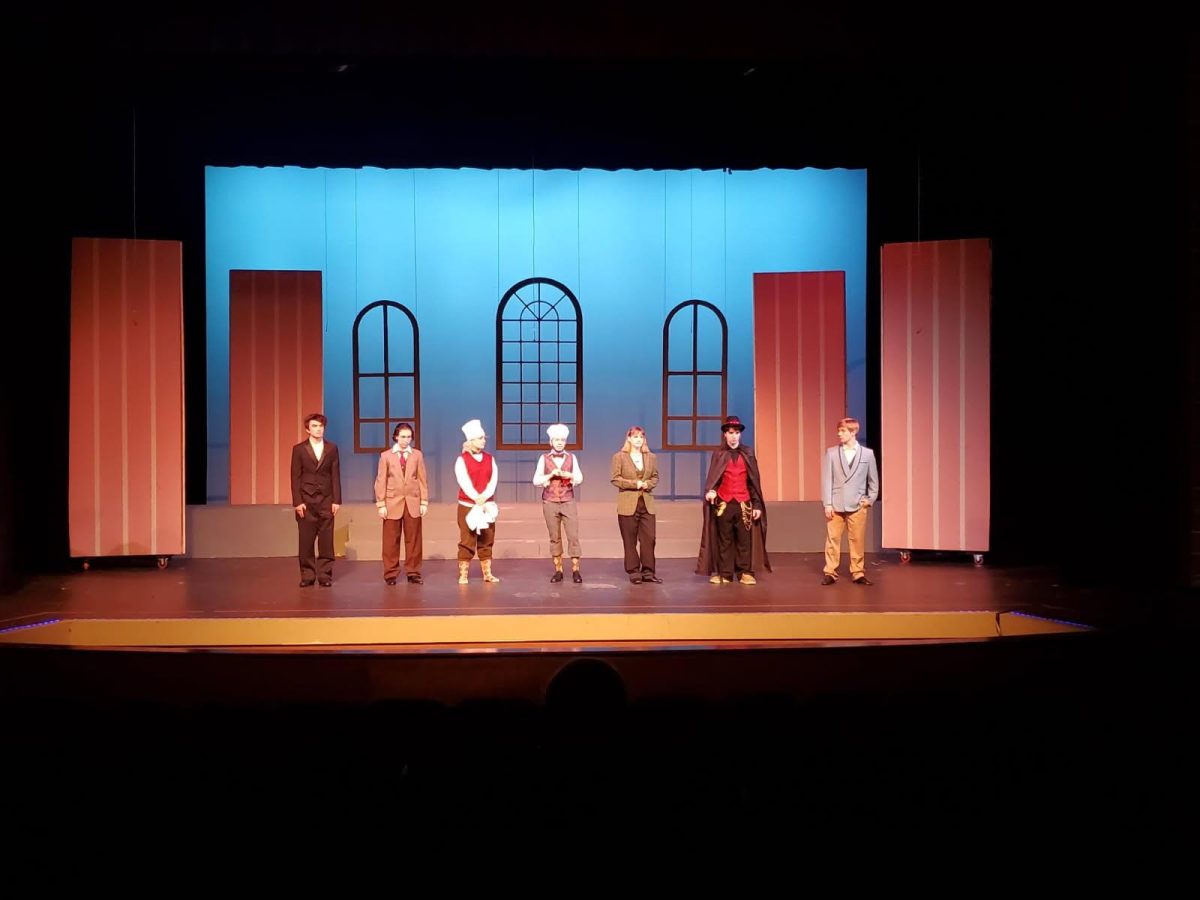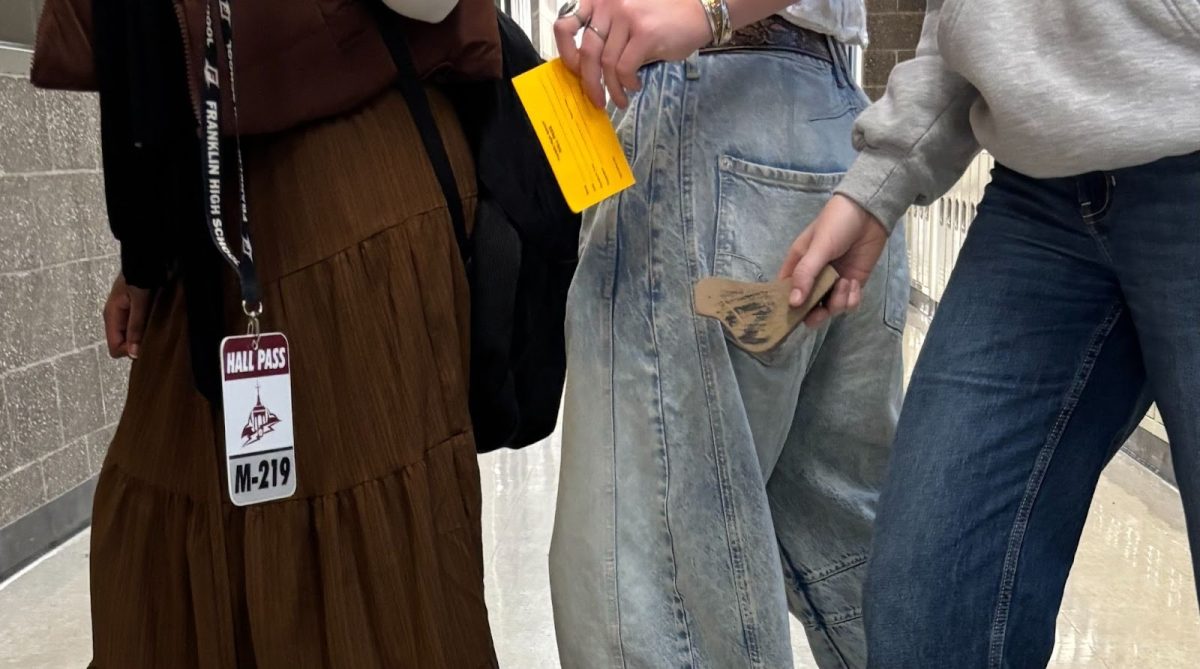
Picture this: You’re watching your high school basketball team in the fourth quarter of their game against your rival team. The score is close enough, but your rivals are up by twelve points. The head coach of your team calls a time out and sets up a plan to come back.
Your team has the time, they have the skills, it’s just a matter of finding the momentum to power through to the win. When your team heads back into the game, something is different. Your new offense rattles the other team, the crowd is getting hyped, and shots are starting to fall. But the other team still has something to their advantage. There’s no shot clock, so they can stall as much as they want on offense. They can also slow down your momentum by limiting your chances on offense. When they get the ball down the court, they fall into an intense five-out, where they pass the ball around with no intention of scoring. They hope to stall the game for long enough that your team has to foul them to get the ball back, which often doesn’t work. Sure enough, your team uses all of their fouls trying to get the ball back, and you nervously watch the last five minutes of play stretch out into 15. Your team tries everything they can, but the night ends with the other team walking out victorious, all due to the fact that they were able to stall for the last five minutes of regulation.
High school basketball in Oregon needs to implement a shot clock because it creates games that are more fun to watch while also forcing teams to play through the whole game rather than “pulling it out” and stalling with the ball. Although actual enforcement of the shot clock could be difficult, the game would change for the better with a shot clock.
Eight states have implemented a shot clock in high school basketball, including Washington and California. By adding a shot clock to the game, the states forfeit opportunity for service on the basketball rules committee of the NFHS (or National Federation of State High School Associations) meaning that those states do not get any say in national rule changes. But many coaches in Oregon are pushing for a shot clock to be added to the game, including Kyle Cowan, Head Coach of Portland Christian and Vice President of the Oregon Basketball Coaches Association (OBCA). Cowan says: “As a coach I would love one [a shot clock]. I think it would make the game of basketball that much better for everyone from coaches, players, and spectators. I also believe that most coaches would like this across the state of Oregon.”
But what are the steps in getting a shot clock implemented, and how could this possibly be difficult? Patrick Coons, 23 year Varsity Head Coach of Westview Men’s Basketball and President of the OBCA is in favor of the shot clock, and says most other coaches in Oregon are as well. “High school coaches overwhelmingly support a shot clock at the 4A, 5A, and 6A level. A big obstacle is getting it approved first by the National Federation of High Schools (NFHS) and the OSAA. In addition, [athletic directors] need to support it.”
But even if the use of a shot clock got approved, cost could still be a major issue. “Schools across the state would have to purchase a shot clock, an expense they are not ready for,” says Cowan. (According to Daktronics, the installation, expense, and cost to pay a shot clock operator could cost up to $25,000 depending on the state of the gym previous to the installation).
Bryan Dykman, Head Coach for JV Men’s Basketball at Franklin High School thinks that these cons outweigh the pros in terms of using a shot clock in high school basketball games. He thinks that the money could be better spent on something else, and implementing a shot clock would only help faster, more athletic teams like Jefferson and Grant, the top two teams in the PIL. He also believes it would totally change the game for his team in general, as they run a slower, more technical offense that takes time to develop, and a shot clock would not allow for that.
But then why do so many coaches agree that a shot clock would make the game better? Well for one, the game would be more interesting to watch and teams would be encouraged to use a quicker offense. In a basketball tournament I played in Washington this summer, a shot clock was used, something I had never experienced before. The game was close all the way up to the end, as teams weren’t allowed the “stalling time” to pull the ball out. Our team wasn’t forced to use our fouls to regain possession of the ball; it was automatically given to us after about 30 seconds. This made the energy of the game better as well; safely fouling your opponents is something that isn’t taught often, and therefore can be somewhat dangerous as well as create a negative connotation around your team/coaching staff if the fouls are too extreme. I also noticed that the game moved at a quicker pace, yet it wasn’t out of control. The shot clock seemed to not change the game much until the very end, where it changed the game for the better. A shot clock can also make the game more interesting for viewers, as it would inherently be faster paced and there would be less stalling.
Cowan agrees with this logic. He states, “…a shot clock gives more possessions to a game. It allows for teams to have the ball more. It also creates opportunity where if you are ahead in the game, you have to continue to score to keep the lead rather than just stall and wait for the losing team to foul you. I think that creates a better game for everyone.” And it does, as many coaches agree.
So while the cost of installing a shot clock could be a struggle for some schools, it would help the game by keeping teams from stalling and make it more interesting for everyone involved. It would also improve the quality of play, as teams would be forced to create higher speed offenses and additionally it would discourage plays that take a while to develop. It’s quite possible that a shot clock will be in the near future for high school basketball, as more and more coaches get on board with the idea.


